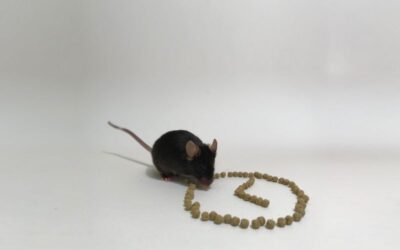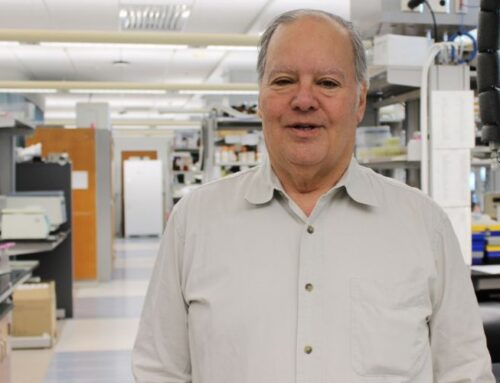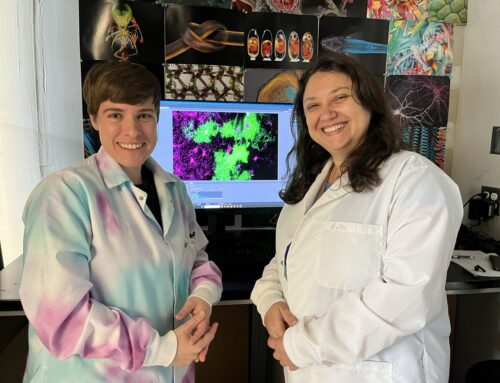Jerome Menet Lab: How the Body Keeps Time, and Why It Matters When It Fails
By: TAMU Biology
 Have you ever felt jet lagged, had trouble sleeping, or struggled with a midday energy slump? These experiences are tied to your body’s circadian rhythms—24-hour cycles that govern nearly every aspect of your biology, from digestion to brain function. Dr. Jerome Menet, a circadian biologist in the Department of Biology at Texas A&M University, investigates the molecular machinery behind this internal clock, with a focus on understanding how it shapes health—and what happens when it breaks down.
Have you ever felt jet lagged, had trouble sleeping, or struggled with a midday energy slump? These experiences are tied to your body’s circadian rhythms—24-hour cycles that govern nearly every aspect of your biology, from digestion to brain function. Dr. Jerome Menet, a circadian biologist in the Department of Biology at Texas A&M University, investigates the molecular machinery behind this internal clock, with a focus on understanding how it shapes health—and what happens when it breaks down.
Dr. Menet’s lab uses mice to explore how a small set of “clock genes” act like gears in a watch, generating and maintaining rhythmic activity across the genome. These genes don’t just control sleep; they orchestrate the timing of thousands of others, regulating everything from hormone release and metabolism to immune function and cognition. His team employs cutting-edge genomic tools to map when and how these rhythms are established in cells, and how their disruption can lead to disease.
 Their recent work dives into how clock genes influence the structure of DNA packaging (chromatin) and how cells rhythmically control gene expression beyond just turning genes on or off—looking at post-transcriptional processes like RNA stability and RNA isoforms. These findings could help explain why people with disrupted circadian rhythms, such as shift workers or individuals with chronic jet lag, have increased risks for conditions ranging from depression and diabetes to cancer.
Their recent work dives into how clock genes influence the structure of DNA packaging (chromatin) and how cells rhythmically control gene expression beyond just turning genes on or off—looking at post-transcriptional processes like RNA stability and RNA isoforms. These findings could help explain why people with disrupted circadian rhythms, such as shift workers or individuals with chronic jet lag, have increased risks for conditions ranging from depression and diabetes to cancer.
Why It Matters
Nearly every cell in your body keeps time—and when this timing system is misaligned, the consequences can be serious. Dr. Menet’s research deepens our understanding of how circadian clocks control our physiology and why their failure contributes to such a wide range of disorders. His work helps lay the foundation for future chronotherapies—treatments timed to your body’s natural rhythms—as well as new strategies for preventing diseases linked to clock dysfunction.





